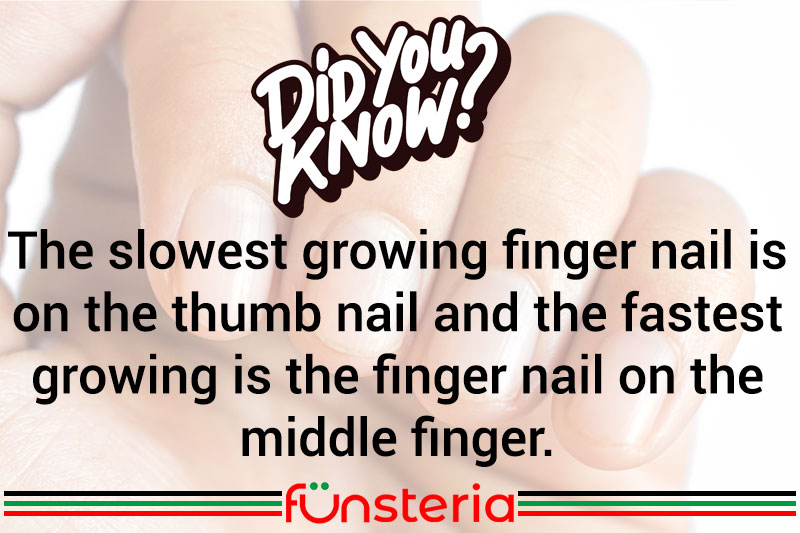
The middle finger on the human hand is a wonder of evolutionary design. It is the longest finger on the hand, and one of the most valuable in terms of overall use of the hand. While a person could manage without the little finger, or even the ring finger, the middle finger tends to be a support to the grip created by the first finger and thumb.
Why is the middle finger the longest? Evolutionary physiologists theorize that it has to do with balance, a leftover from the days when our ancestors had extensions that were more paws than hands. While the overall shape has changed over the years, the structure did not, and the hand still retains some of the symmetry possessed by our less human forbearers. However their colleagues, evolutionary morphologists, add another facet to this theory, which is that the length provides symmetry. It relates directly to what is termed the “geometry of closing”, the fact that although fingers are different lengths, when the hand is closed, the fingertips all touch the palm at once. With all the fingers working in this way, Man has a more even and solid grip on things. The phenomenon occurs because of the placement of the metacarpals, which also cause the fourth finger to be the longest when the hand closes.
Although if you don’t keep your nails trimmed, it may seem like the middle finger is still the longest, because the nail on that finger grows faster than any other.



